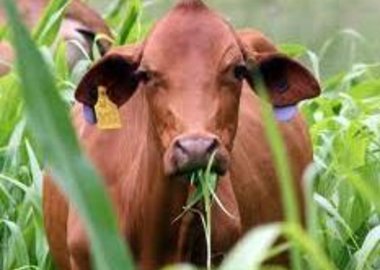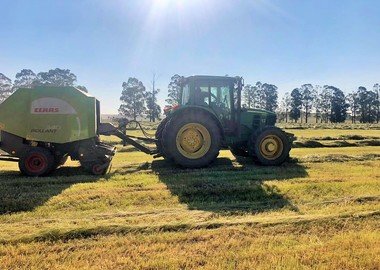Annual Summer Grasses
Cool-season grasses produce ample forage in the spring and fall, but high temperatures and short-term drought stress often limit growth during the summer months. Therefore, there is a need for additional grazing, hay or green chop during July and August. Warm-season annual grasses can fill this gap with relatively high-quality forage when properly managed. Advantages to using annual summer grasses include fast germination and emergence, rapid growth, high productivity, and flexibility of utilisation. Warm-season grasses can be grazed as needed and excess growth can be harvested as hay or silage. Disadvantages include the high cost of annual establishment and the increased risk of stand failure due to variable rainfall in late spring and early summer.





.jpg?height=270&width=380&mode=crop&converttowebp=0)
